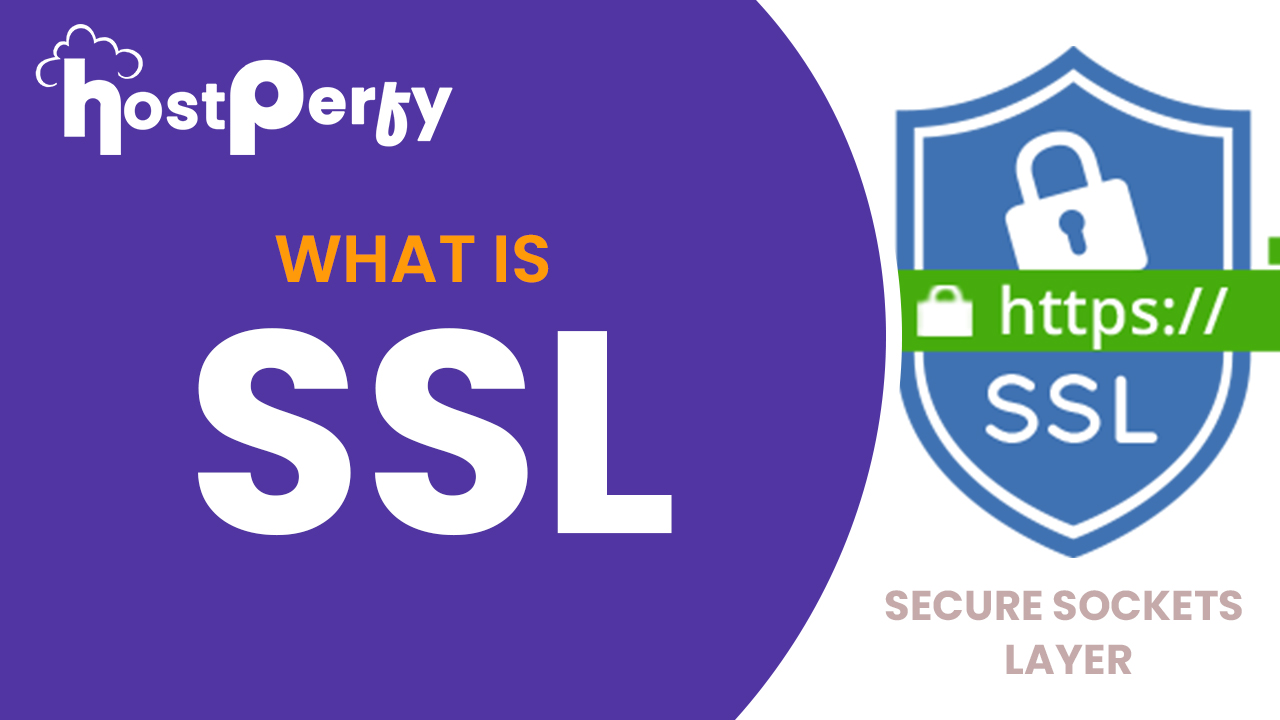SSL- Secure Socket Locket
Secure Socket Locket (SSL) is a security provider created by Netscape in 1995. This security protocol ensures data security for the data transferred between the web browser and server. SSL maintains privacy for Internet Communications and establishes authenticated and encrypted links between networked computers. SLL now has its successor which is called TLS, the Transport Layer Security is the modern encryption tool.
In this article, we will thoroughly understand what is SSL, its features and importance, how it works, what an SSL certificate and its other important aspects.
What is SSL?
Have you ever noticed the URLs of some websites start with HTTP and some start with HTTPS, if not then check the next time you visit any site. Now the question that arises in this extended URL is what is the significance of an extra “S”. The answer to this question is websites using SSL/TLS denote the presence of SSL through this extra S. HTTPS websites are secured.
How does SSL work?
- Encryption: SSL ensures protection by encrypting the data that is transferred across the web. It encrypts the data in such a way it becomes unreadable and it thus becomes almost impossible to decode it. That is converted into jumbled characters.
- Authentication: it authenticates by starting a process called a handshake between two communicating devices to ensure both the devices are really who they claim to be.
- Data integration: SSL digitally signs data to ensure it hasn’t been tampered with, it makes sure that the data remains the same when it is received as when it was sent.
Importance of SSL
- The data on the web is originally entered as plain text which is in readable format, making it easy for anyone to intercept the data and can easily misuse it. For instance, if somebody has a login to their email account or they have entered their bank details/card details into a shopping website their details will travel throughout the Internet unconsealed.
- SSL resolves this problem by encrypting the raw data into jumbled characters which can not be read by anyone. This is how it protects your important details and keeps them between a user and a web server.
- SSL not only protects the data but it also prevents cyber attacks by ensuring that the user connecting to the website is genuine and not a fake one created by attackers. It also prevents attackers from tampering with data.
What is the difference between SSL and TLS?
TLS is the successor and SSL is the predecessor of each other. TLS stands for Transfer Layer Security, it is the modern version. In 1999 the Internet Engineering Task Force proposed an update to SSL. The IETF updated the then version of SSL and renamed it as TLS. The update in the two versions is not drastic but was only renamed to mark the change in ownership.
As the change was not drastic and is less known to the people, it confuses most of the people out there. It is still believed that the two terms are different but actually, they are used interchangeably.
What is an SSL certificate?
An SSL certificate is like an ID card for a website that has the authority to verify someone who they claim to be. It is a digital certificate that is issued for the real identity, this secures and verifies the identity of a website. The SSL certificate is issued by a trusted third party called the Certificate Authority.
Types of SSL Certificates:
- Single Domain: a single domain certificate covers only one domain under for example www.mywebsite.com.
- Wild Card: A wild card domain also applies to a single domain but the difference is that it also covers the subdomains of the main domain. For example, a wild card will protect www.mywebsite.com, www.blog.mywebsite.com etc.
- Multi-Domain: As suggested by the name, multi-domain certificated applies to multiple related domains.
Level of Validation:
- Domain Validation: this is the simplest and the cheapest validation. To get a DV certificate, an organization only has to prove that it owns a domain
- Organization Validation: This involves a more hands-on verification process. The Certificate Authority (CA) directly contacts the organization to confirm its identity before issuing the certificate. OV certificates provide more assurance to users about the legitimacy of the organization.
- Extended Validation: This is the most rigorous level of validation. It requires a comprehensive background check of the organization to ensure it’s legitimate and trustworthy. EV certificates are recognized by the green address bar in web browsers, indicating the highest level of security and trustworthiness.
Conclusion:
SSL is a critical component of modern internet security, it ensures that the data must remain secure, authenticated, and untampered. Although SSL has now been replaced by TLS but SSL is still widely recognized and TLS functions as SSL. Understanding SSL is essential for appreciating the evolution of internet security and the protection of sensitive information online.
While SSL has been largely replaced by TLS, many people still use the term “SSL” to refer to both protocols due to SSL’s name recognition.

